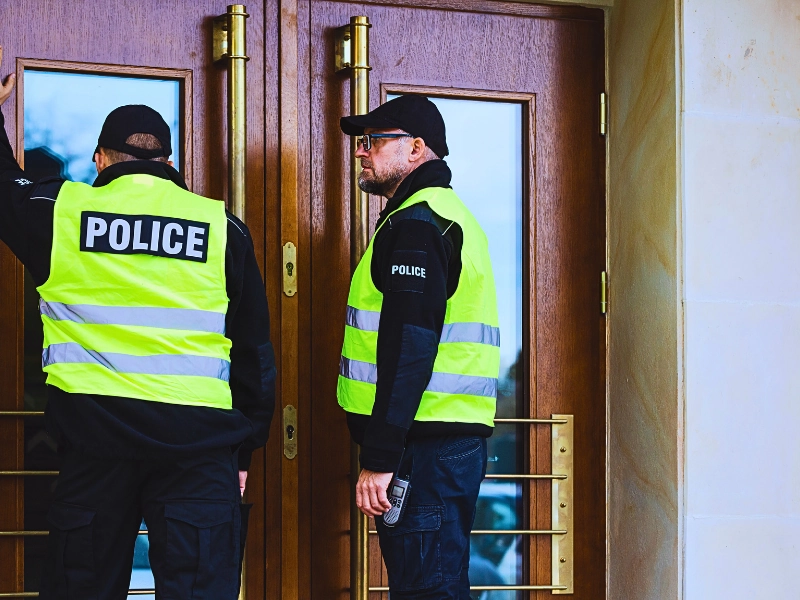DWI or driving while under the influence of Alcohol or other drugs can be dangerous to the driver, passengers, or bystanders, or people in another car. Unfortunately, people who try to prevent DWI’s can be injured too, even by accident, in ways they never anticipated. This weekend, a man who tried to stop his daughter from getting a DWI got run over and killed by accident. This is an extremely tragic “accident.” The woman/driver/daughter will be charged with DWI but also with a felony for criminal vehicular homicide (CVH or CVO–criminal vehicular operation), or a similar crime. In Minnesota, Criminal Vehicular Homicide is presumptive prison sentence of Four years for anyone, even a driver with no previous convictions for anything. This also bring to light the fact that most DWI offenders, even first time offenders (if they test .16 or more) are now required to go on Ignition Interlock in Minnesota. the only alternative is to fact long periods of no legal driving whatsoever, including No Work Permit. The tragic event for this family over the Father’s Day Weekend also highlights the difficulties for those drivers charged with CVH or CVO or Criminal Vehicular Operation in Minnesota. Until recently, they were not eligible for Ignition Interlock as Described above, so they faced long revocation periods of more than one year, with no work permit and no legal driving during that time. If you or someone you know has been charged with Criminal Vehicular Operation or Homicide, you need an experienced, tough Minnesota DWI Attorney to help you, including information about new charges in Ignition Interlock law that may allow you to get a work permit to continue legal driving. Call now for experienced legal counsel: 952-913-1421.
Commercial motor vehicle drivers arrested or charged with driving while impaired (DWI) may need to know how a DWI affects CDL holders in Minnesota. You will lose your Commercial Driver’s License (CDL) for at least a year if you are convicted of DWI for the first time, and forever after a second conviction. The consequences go beyond the immediate legal implications of a DWI conviction. A CDL suspension or revocation will lead to job loss, difficulty finding employment, and serious financial challenges.






